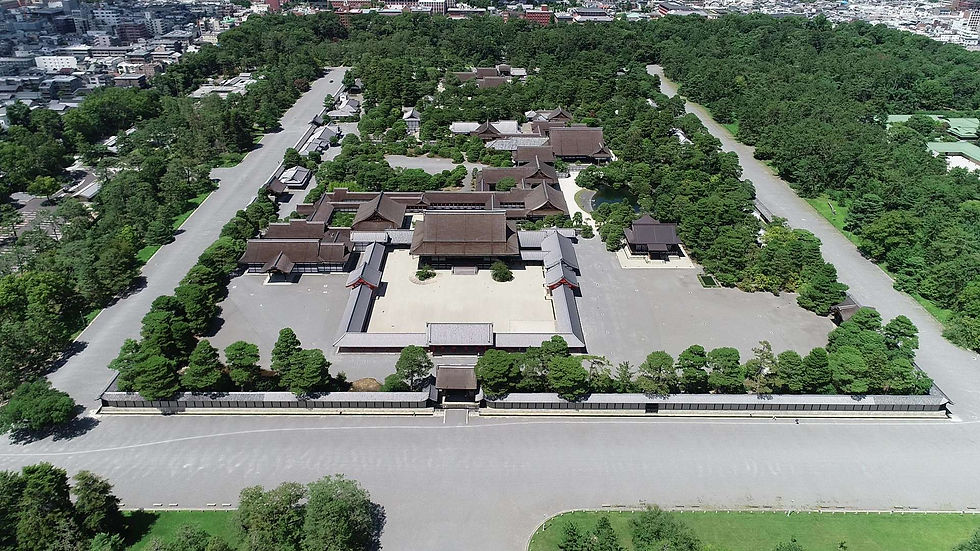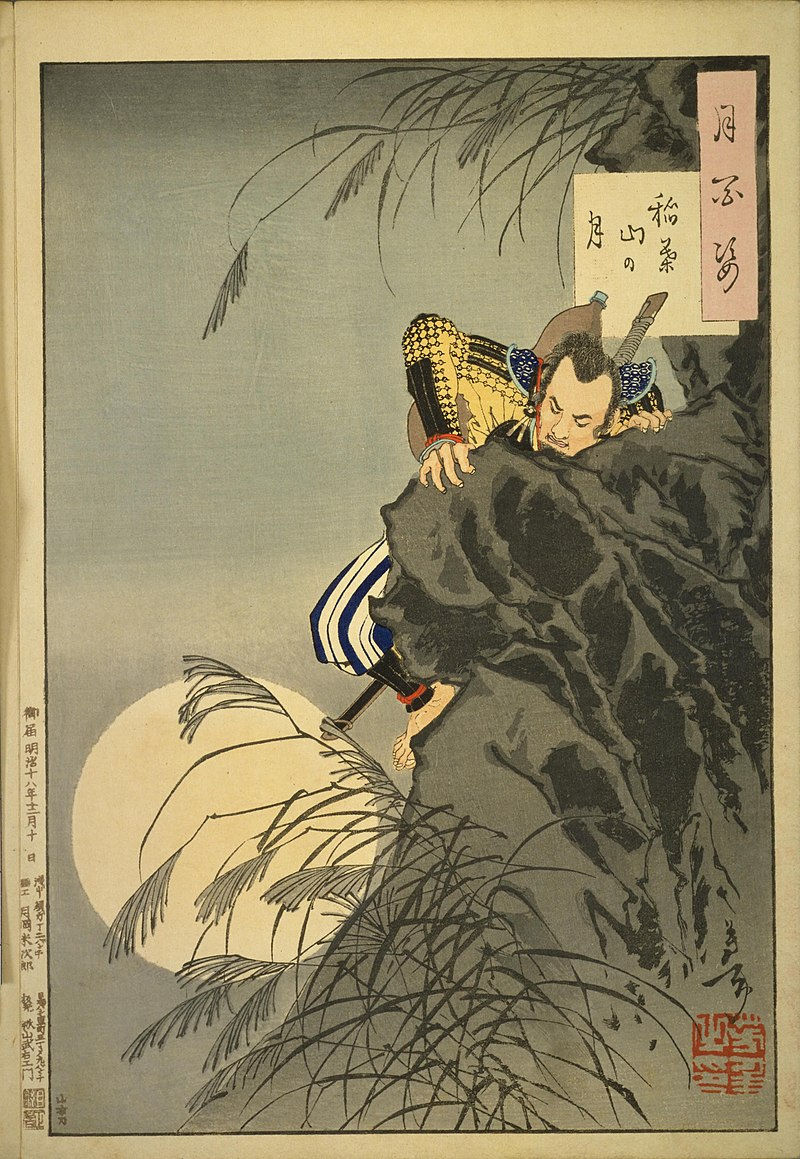Heian Period
- 2304583d
- Aug 4, 2024
- 3 min read

The Heian period (平安時代) (794–1185) is a significant era in Japanese history, marked by a flourishing of culture, arts, and literature. It is named after the capital city Heian-kyō (modern-day Kyoto), which was established by Emperor Kanmu.
The capital was moved from Nara to Heian-kyō in an effort to prevent the powerful temples in Nara from exerting too much influence over the court and nobles.
This period is often considered the peak of the Japanese imperial court and is renowned for its courtly culture and the development of a distinctive Japanese identity.
Key Characteristics of the Heian Period
Political Structure:
Imperial Court: The Heian period was dominated by the imperial court and the aristocracy. The emperor was the supreme ruler, but actual political power often rested with powerful noble families, especially the Fujiwara clan.
Fujiwara Dominance: The Fujiwara clan wielded significant influence by marrying their daughters into the imperial family, effectively controlling the throne through regency and manipulation of child emperors.
Decentralization: While the imperial court maintained authority in the capital, regional power increasingly shifted to provincial governors and military leaders, setting the stage for the rise of the samurai class.
Cultural Developments:
Literature: The Heian period is renowned for its literary achievements. Classic works such as "The Tale of Genji" by Murasaki Shikibu and "The Pillow Book" by Sei Shōnagon emerged during this time, showcasing the sophistication and elegance of court life.
Poetry: Poetry was highly esteemed in Heian society. The "Kokin Wakashū," an imperial anthology of waka poetry, exemplifies the period's poetic style and themes.
Calligraphy and Painting: The Heian period saw the refinement of Japanese calligraphy and the development of yamato-e, a style of painting that depicted Japanese themes and landscapes.
Religious Influence:
Buddhism: Buddhism continued to be a major influence, with new sects such as Tendai and Shingon gaining prominence. Temples and monastic communities played important roles in both religious and political spheres.
Shinto: Shinto beliefs and practices remained integral to Japanese culture, often blending with Buddhist traditions in a syncretic fashion.
Court Life and Aesthetics:
Aristocratic Culture: The Heian aristocracy valued refinement, beauty, and artistic accomplishment. Courtly rituals, festivals, and ceremonies were elaborate and central to social life.
Aesthetics: The concept of miyabi (elegance) and mono no aware (an appreciation of the transience of life) were central to Heian aesthetics. These concepts are reflected in the literature, poetry, and visual arts of the period.
Technological and Social Changes:
Agriculture: Advances in agricultural techniques improved rice cultivation, leading to increased productivity and the growth of estates managed by noble families and temples.
Urban Development: Heian-kyō became a thriving urban center, reflecting the sophistication and cultural achievements of the period.
End of the Heian Period
Rise of the Samurai: The latter part of the Heian period saw the increasing power of regional military clans and the samurai class. These warriors played a growing role in protecting estates and maintaining order.
Decline of Central Authority: The Fujiwara clan's dominance waned, and the imperial court struggled to maintain control over distant provinces. This decentralization of power led to conflicts and the rise of powerful military leaders.
Genpei War: The Heian period ended with the Genpei War (1180–1185), a conflict between the Taira and Minamoto clans. The war culminated in the victory of the Minamoto clan and the establishment of the Kamakura shogunate, marking the beginning of the Kamakura period and a shift to military rule.
Legacy of the Heian Period
Cultural Heritage: The Heian period left a lasting legacy on Japanese culture, particularly in literature, art, and aesthetics. Works from this era continue to be studied and celebrated for their artistic and literary merits.
Courtly Ideals: The ideals and values of the Heian court, such as refinement, elegance, and sensitivity to nature, have influenced subsequent generations and remain embedded in Japanese cultural identity.
The Heian period represents a golden age of Japanese culture, characterized by its sophisticated courtly life, literary masterpieces, and significant cultural developments. It laid the foundation for many aspects of Japanese culture that continue to be valued today.





Comments